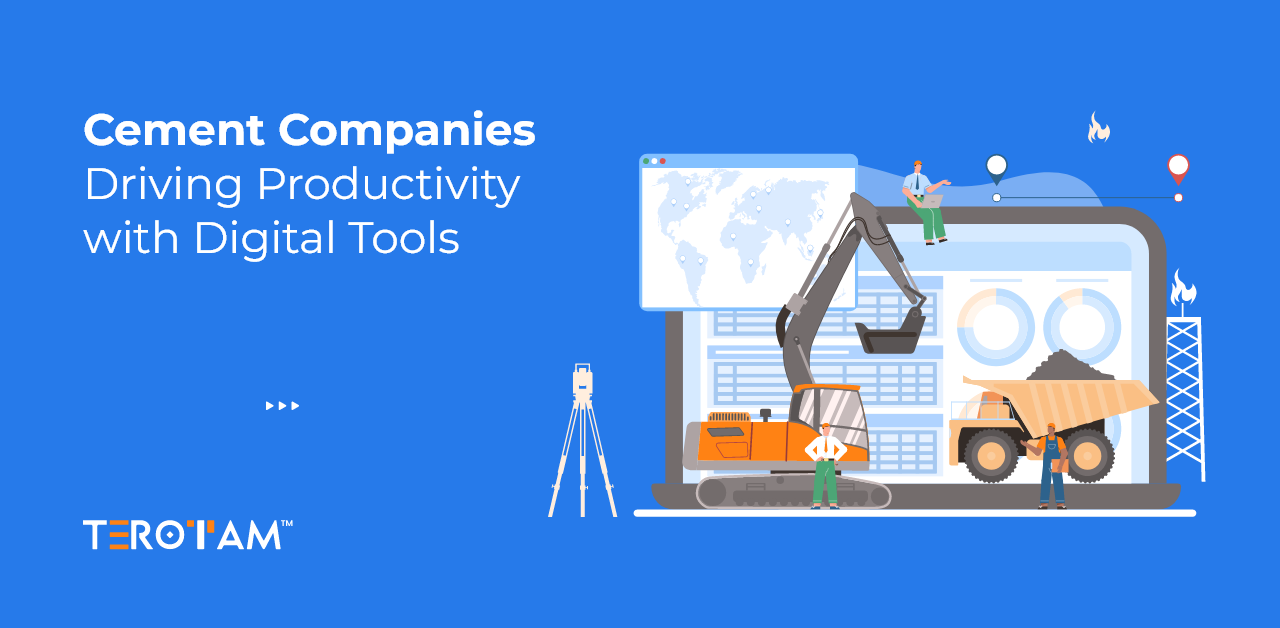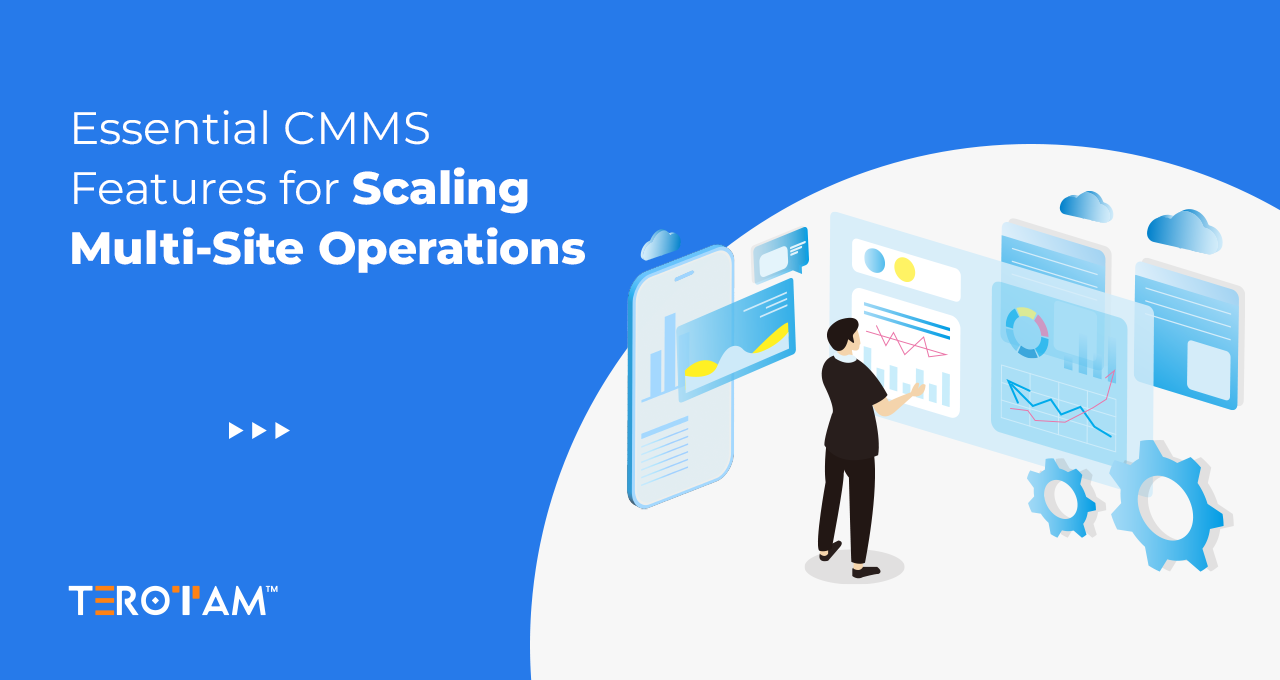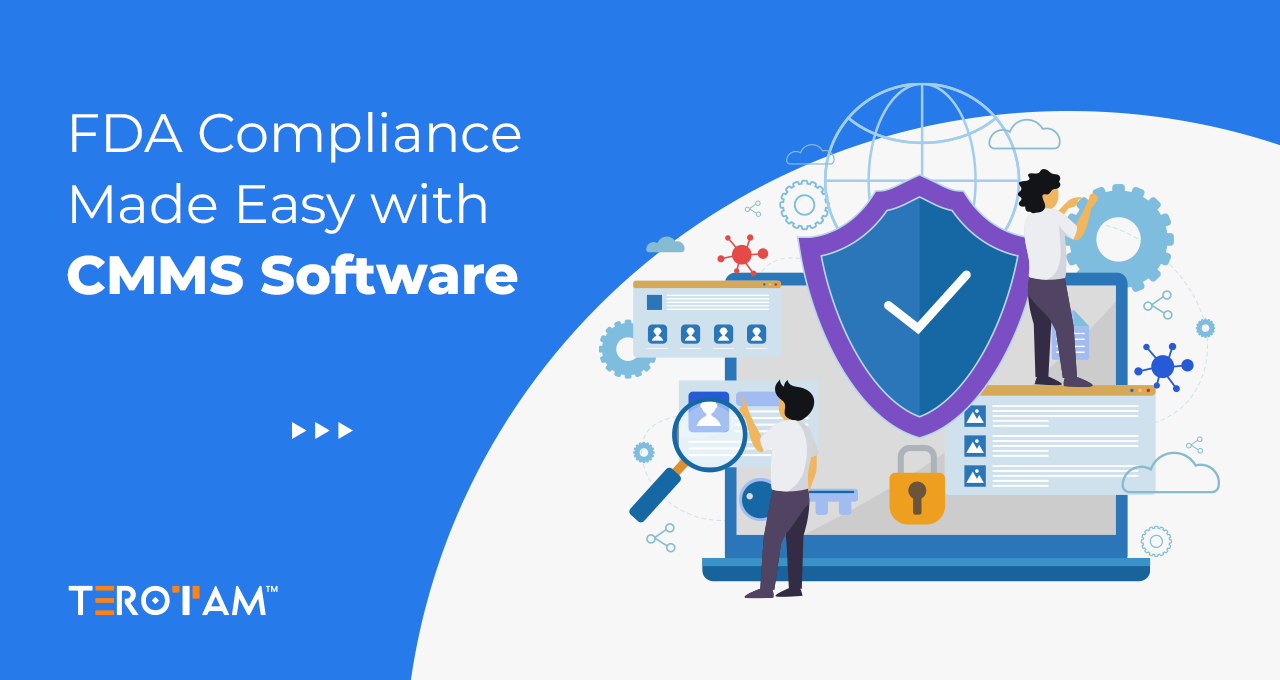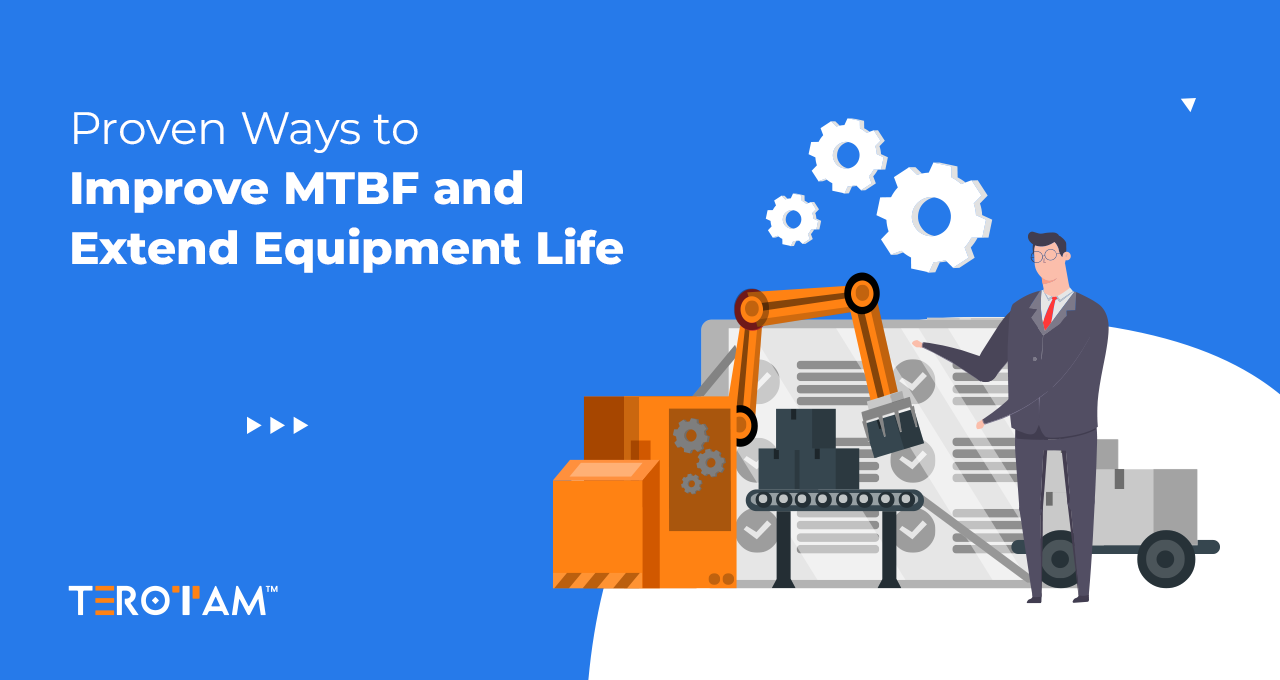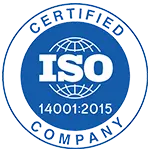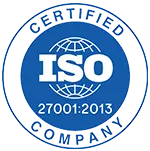Cement plants don’t shut down for holidays. They don’t take weekends off. Kilns run. Mills turn. Coolers blast hot air into the night. And when something breaks? It doesn’t wait for Monday morning.
For years, maintenance was handled the same way it always had been — paper logs, clipboards hanging from tool belts, phone calls between shifts, “I think the bearing sounded funny last week.”
That worked… until it didn’t.
Now, when a kiln drive fails at 2 a.m., the cost isn’t just lost production. It’s overtime pay. It’s delayed shipments. It’s customers asking why their order is late. It’s supervisors scrambling to find someone who remembers how to replace that coupling — because the guy who did it last time retired two months ago.
Something had to change.
Not because everyone woke up one day and decided to go digital. But because too many plants were bleeding money — quietly, daily, unnoticed — and nobody knew how to stop it.
The Problems Nobody Talks About Out on the Floor
Let’s be clear: energy costs aren’t the only thing hurting margins.
It’s the fact that you spend more fixing the same fan than you do buying a new one.
It’s that your inventory has ten different types of motor mounts because no one ever updated the list after the last upgrade.
The lab reports clinker free lime is high — but the maintenance team doesn’t know if it’s because the coal feeder jammed yesterday or because the kiln burner alignment drifted over three weeks.
It’s that your top mechanic hasn’t taken a full day off in six months — and he’s starting to miss things.
It’s that the foreman has to check three different systems just to see who’s working today — and half the work orders are still on sticky notes stuck to the control room wall.
None of this is glamorous. None of it shows up in annual reports. But it adds up. Fast.
And it’s not just happening in small plants. We’ve seen it in multi-billion-dollar operations — same issues, bigger numbers.
The old way wasn’t broken. It was just slow. And in cement, slow is expensive.
What is a CMMS?
A CMMS is software. That’s the easy part.
But what does it do? It becomes the memory of the plant.
- It remembers which bearing failed on the raw mill last August — and why.
- It knows that the same type of seal keeps leaking on the cooler fans — and how long it took last time to fix it.
- It tracks who replaced the gear reducer on Line 3 — and whether they used the correct torque setting.
- It doesn’t make decisions. But it gives people the facts they need to make them.
In a place where equipment runs nonstop under heat, vibration, and dust — where one loose bolt can mean hours of downtime — having a single source of truth isn’t luxury. It’s survival.
Most people think CMMS means typing in work orders. That’s the smallest part.
The real value? When a technician walks up to a pump and opens his phone — sees the last five repairs, the parts used, the hours since the last overhaul — and says, “Ah. This one’s due.”
That’s not automation. That’s experience, saved.
Why Does This Matter So Much in Cement Manufacturing Plants?
Because cement plants don’t have time to guess.
If a kiln liner cracks and goes unnoticed for 48 hours? You burn through refractory. You risk shell damage. You shut down for two weeks instead of two days.
If a ball mill’s gearbox overheats because no one checked the oil level in weeks? You replace the whole unit — $80K job — instead of topping off the fluid for $200.
If your team spends half their day filling out forms instead of fixing things? You lose momentum. Morale drops. People quit.
A CMMS doesn’t fix machines. It fixes the chaos around them.
It replaces the shouting across the floor — “Hey, did you get the spare for the conveyor belt?” — with a notification that says: “Spare #7892-B available. Location: Bay 4. Last used: 11/3.”
It turns guesswork into clarity. And in an industry where every ton counts, clarity is currency.
What CMMS Features Actually Get Used — Not Just Sold
You’ll hear vendors talk about dashboards, AI forecasts, mobile apps, cloud backups. All nice. Most never get used.
Here’s what actually gets touched every day — in real plants:
- Work orders that open on a tablet with one tap — no login needed. Just pick the asset, pick the issue, hit “send.”
- Asset history you can scroll through without scrolling forever — shows last 5 repairs, who did it, what parts were used, how long it took. No fluff.
- Alerts tied to actual runtime hours, not calendar dates — if a fan ran 300 hours since last lube, it pings. Doesn’t matter if it’s Tuesday or Sunday.
- Inventory that updates automatically — when a technician checks out a seal, stock drops. If it hits low, it asks: “Order more?”
- Photos attached to every job — a cracked coupling, a worn pulley, a leaky gasket. No description needed. Just show it.
- Linkage to production data — if clinker quality dropped the day after the kiln burner was adjusted, the system flags it. No email chain. No meeting. Just a line on the report.
- Offline mode — because Wi-Fi dies in the mill. Always does. The app still works. Syncs later.
- Multi-site view — so the manager in Delhi can see that Plant B has 3x more bearing failures than Plant A. Then ask: “Why?”
These aren’t features. These are habits.
The best CMMS isn’t the fanciest one. It’s the one people use — because it makes their job easier, not harder.
How CMMS Changes What Happens Every Day in a Cement Manufacturing Plant?
You start seeing results before you even realize you’re using it.
- Downtime drops. Not because everything got fixed. Because problems are caught earlier. One plant cut unplanned stops by 37% in eight months.
- Maintenance costs fall. Less emergency overtime. Fewer rushed purchases. Fewer replacements because of preventable neglect.
- Technicians stop dreading paperwork. They start trusting the system. One guy said, “I used to hate filling out forms. Now I look at them. They tell me what I missed.”
- New hires get up to speed faster. Instead of asking “Who did this last time?” they pull up the record. Knowledge stays in the system.
- Repairs get done right the first time. With photos and past notes, there’s less guesswork. Less rework. Less frustration.
- Audits become easy. Regulators ask for records. You don’t dig through boxes. You click a button.
- Energy use improves. When you track how long a motor ran after a repair — and compare it to before — you find inefficiencies you never knew existed.
One plant in Tamil Nadu saw its specific energy consumption drop 6% in six months — not from new equipment. From better maintenance discipline.
That’s the power of consistency. Not innovation.
Summing it up

The truth is, most cement plants don’t need a revolution. They need a system that remembers what happened last time — so the next shift doesn’t have to guess.
A CMMS isn’t about being smart. It’s about being consistent. It’s about making sure the guy who fixed it last year didn’t take his knowledge with him when he left.
If your maintenance still lives on clipboards, phone calls, and hope — It’s not a tradition. It’s a risk.
Contact us at contact@terotam.com to see how a simple, practical CMMS can bring clarity back to your plant — without the hype, the cost, or the chaos.


